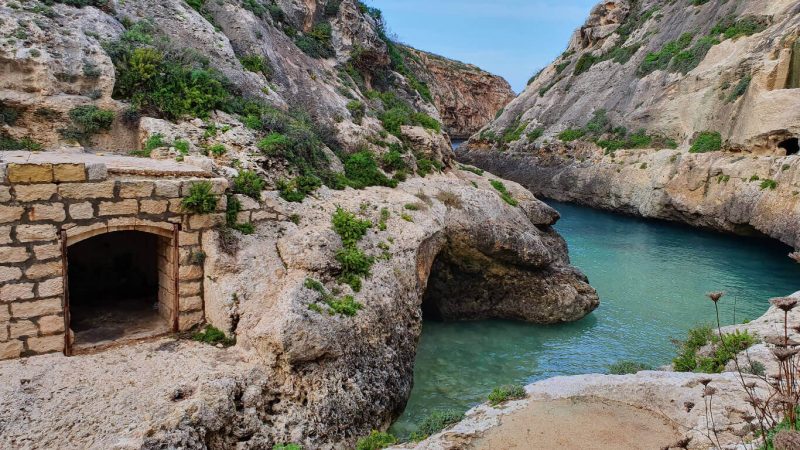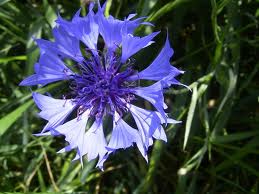The Cottage Built in a Night

Country cottages are great favourites with short break in Wales holiday tourists who want a quiet, relaxing weekend or a few days away from the rat race.
By looking on line they can find a wide variety of self catering cottages to stay in- large ones, small ones, some in the hills, others by the coast, some offering log fires or hot tubs and other modern facilities The gimmicks and the choices are endless and the range stretches from the really old to the ultra modern.
A stay in one of Wales’ three National Parks – Brecon Beacons, Snowdonia or Pembrokeshire Coast – has tremendous appeal for the short break in Wales visitor.
There was an old Welsh tradition which allowed an enterprising young home seeker centuries ago to find a piece of common land, more often than not on a remote stretch of moorland no use for agriculture, and to claim it as his own. But it didn’t come easy. Success depended upon the claimant throwing an axe north, south, east and west to mark out the area required, then getting his family and his mates to help him build his modest home in one night. The historically-minded short break in Wales visitor may have heard of examples of these little cottages all over Wales and they were known as Tai Un Nos (One night houses).
There would not be much time to build even the tiniest of cottages in summertime when the nights are short. So the gargantuan task had to be tackled in the winter when the builders would have at least 12 hours to finish the job and fulfill the stipulated requirement of having smoke coming out of the chimney before dawn.
One example of a Ty Un Nos which can be visited by short break in Wales tourists in Pembrokeshire is Penrhos, up in the Preseli Hills, not far off the A478 between Maenclochog and Llandissilio. It is a tiny two-roomed thatched cottage on remote moorland (Penrhos means Top of the moor) and until the 1960s was still occupied by two old ladies, descendants of the builders. Short break in Wales visitors will find it on the tourist maps and in the brochures because for nearly half a century it has been a mini museum run by Pembrokeshire County Council’s museum service.
You can’t stay there. It’s two small. But as a visitor attraction it is a fascinating example of a long-gone rural tradition.





